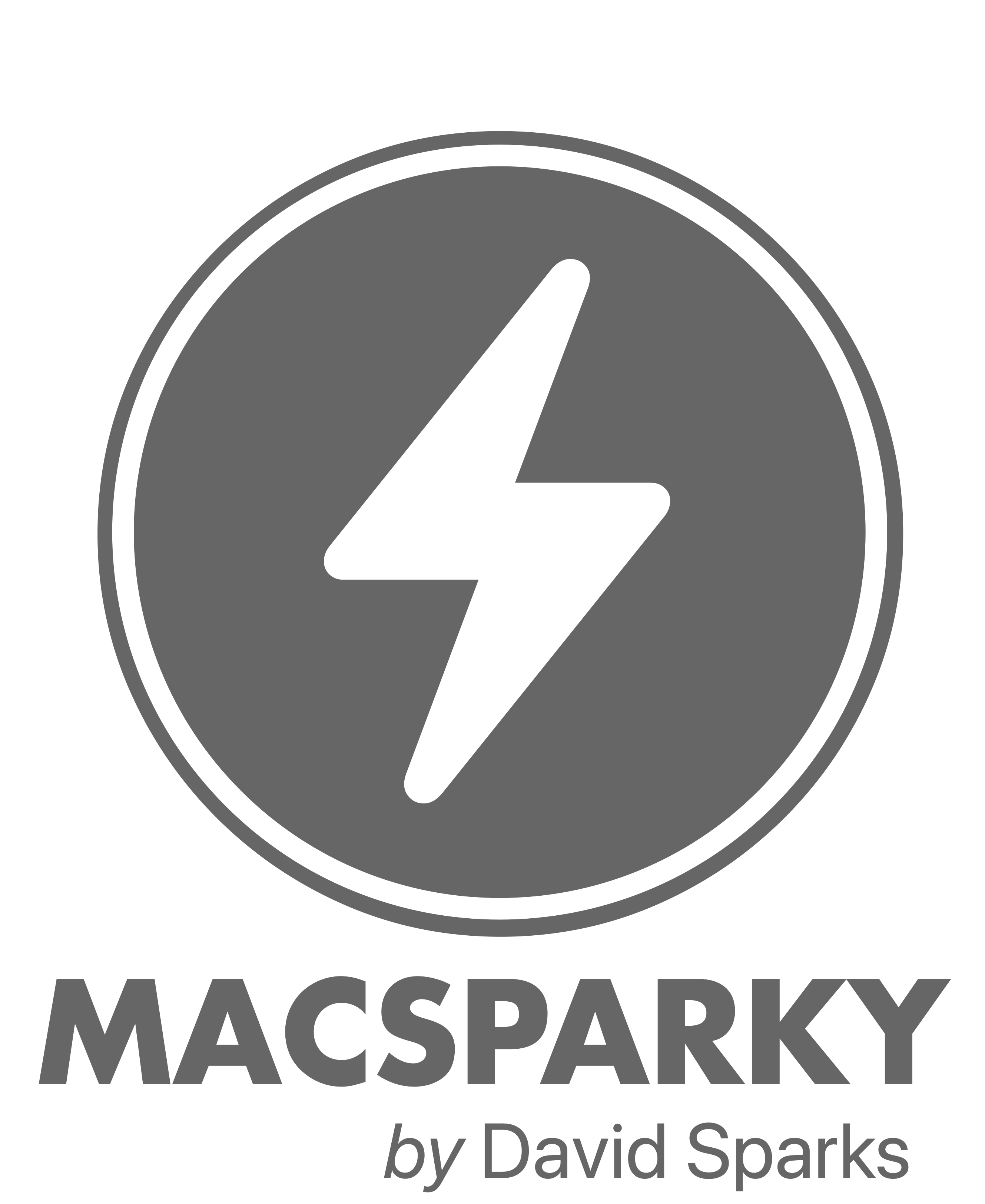Here’s a new one: I am writing this review on a Windows computer. With Apple’s transition to Apple silicon, Boot Camp is going away, and many folks who occasionally need to run Windows on their Macs are asking for solutions. There are several, ranging from keeping an Intel Mac or Windows PC around, to working with the ever-improving Windows for ARM.
However, one of the easiest is to subscribe to a virtual Windows PC somewhere on the Internet and run it virtually on your Mac. That’s what I’m doing today with this Windows 365 test machine that Microsoft loaned me for a month. It’s running on my M1 Mac mini through the Microsoft Remote Desktop app, and it appears to be working swimmingly.
One of the biggest reasons to set up a Windows PC virtually is the convenience. If you have a Microsoft Business Enterprise account, you can sign up for a cloud PC at windows365.microsoft.com. The configuration is automatic. You feed it a username and password, and at the end, you get a Windows PC somewhere out there running in a screen on your Mac. It can work through the browser but is a better experience through Microsoft’s Remote Desktop software.
My machine had 8GB of RAM and 256GB of storage along with a 2vCPU. In terms of performance, this cloud PC has been fine for most work, like writing, spreadsheets, and web research. In this case, the bottleneck will not be the PC but the Internet connection. This rig is not for gaming or video production, but for many folks, this is plenty of performance to get their work done. The bottleneck is more likely your Internet speed than the Windows 365 compute power. For me, it helped that I recently upgraded my network. I wrote this whole review in NotePad, and it felt as if I was working in a native app. I downloaded and installed software on my machine, watched some YouTube videos, and generally treated it as my PC. There weren’t any problems at all.
Then I went over to my iPad and downloaded Microsoft’s Remote Desktop Mobile app and logged into my remote PC from my iPad with an attached keyboard, and it worked just as quickly as it did on my Mac. Again, I could do word processing, spreadsheets, and web work all without issue, but this time from an iPad.
I’ve tried virtual PCs in the past, and they never felt responsive enough. Windows 365 was the first time I’ve seen this technology work at a level that I could see myself using day-to-day. The pricing for a Windows 365 Cloud PC depends on how many machines you set up and how beefy you make them. The one I’m using would cost $41 to keep. There are alternative builds ranging from $20 to $162 per month. If I were to start using a Windows 365 virtual PC, I’d probably buy-in at the $31/month tier (which has 4GB instead of 8). For the work I’d be doing on it, that would be plenty. At that tier, for $372 per year, you could have an easily accessed PC on your Mac without having to partition your drive and very little to no hassle.




